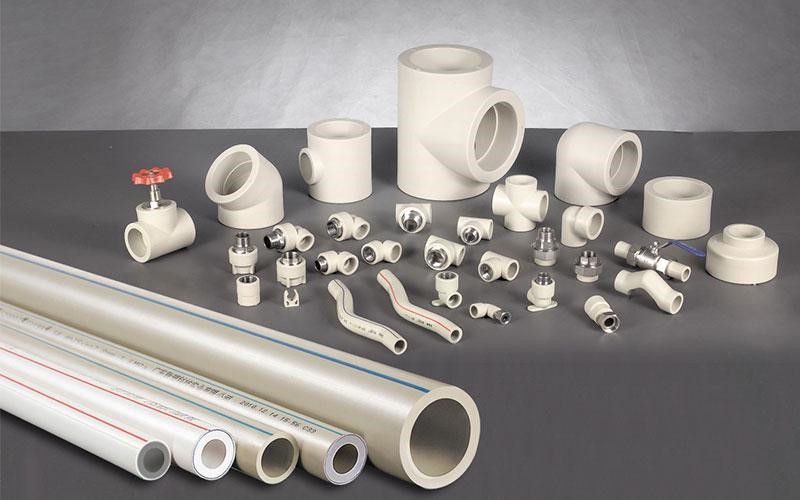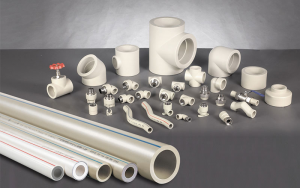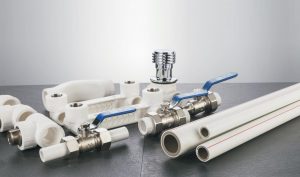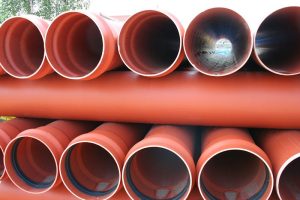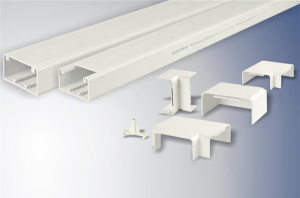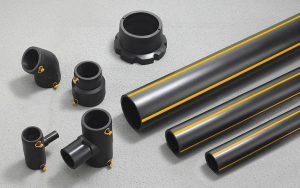PPR Pipe has been growing in popularity over the last couple of years, and rightly so. Its durability, ecological, and economic benefits make PPR pipes one of the best in the industry. That is why most industry leaders have turned to PPR pipes for all their needs.
PPR pipes are commonly used in home installations. It is also used in sanitary liquid, alkaline and acidic solutions, compressed air, and transferring water. But what exactly is PPR pipe, and how is it used? We have prepared this comprehensive guide to help you learn everything about PPR pipes.
What is the PPR Pipe?
First things first, so what exactly is the PPR pipe? Also known as Polypropylene Random Copolymer, PPR pipe is a cylindrical and rigid pipe made from PPR. The pipe is produced through a continuous process known as extrusion. These pipes are usually white or green.
Most PPR pipes have a diameter of 20mm to 110mm. This means that the PPR pipe is thicker than its PVC companions. In addition to that, PPR pipes feature a network of fittings, accessories, and parts. These accessories are available for each PPR pipe diameter.
Like all other pipes, PPR pipes also have their unique properties. These properties set it apart from other pipes. Learn more about PPR pipes characteristics below:
Low Thermal Conductivity
The first thing you should about PPR pipes is that they have low thermal conductivity. This means that external temperatures don’t get to the liquid inside the pipe. Likewise, temperature from the liquid does not escape to the external environment. This is why PPR pipes minimize heat loss or heat gain during the transfer of cold and hot fluids. Using PPR pipes guarantees efficiency and reduced costs.
Increased Longevity
PPR pipes can serve you for more than 50 years under varying environmental conditions and a wide range of fluids. What is more, PPR pipes can withstand both cold and hot water systems. To help you understand, PPR pipes can handle the pressure and strain of hot water without breaking. Of course, the premise is that the 50-year life span can only be guaranteed under normal use conditions, such as protecting the pipeline under extreme weather.
Ecological and Economic Efficiency
PPR pipes are easy to transport, cut, and join. These pipes are also easy to use and do not need additional chemicals and materials.
What are the Main Uses of PPR Pipe Fittings?
As you have seen earlier, PPR pipes have several economic, ecological, and durability benefits. This is why these pipes are used in a variety of applications. Keep reading to discover the primary uses of PPR pipe fittings below:
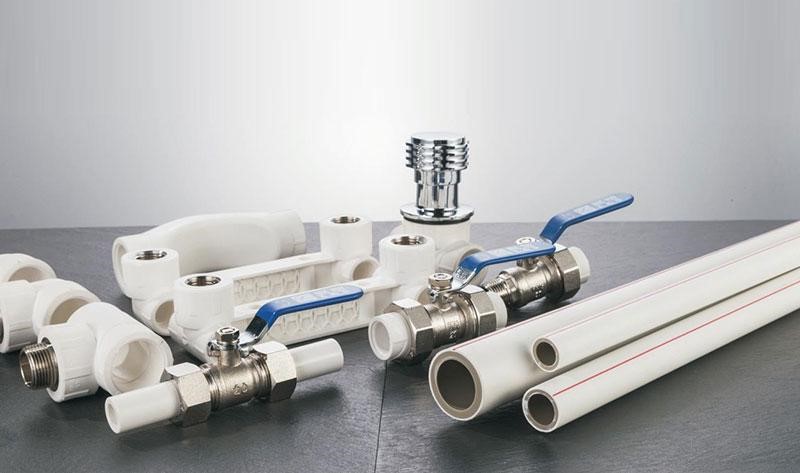

PPR pipe fittings are usually used in the construction of cold and hot water systems. The ability of PPR pipes to withstand both hot and cold temperatures without breaking or cracking makes it the best option for cold and hot water systems. Besides, its low thermal conductivity means that the fluids will retain the required temperature.
PPR fittings are the go-to option for discharging chemical fluids, including industrial waste. PPR piping is the ideal pipe fitting for industries due to its ability to withstand strong chemicals and alkaline solutions.
PPR pipe fittings are also used as purified water supply systems. These pipes are durable and can last for more than 50 years. What is more, they do not break or crack easily even under intense conditions.
The PPR pipes are perfect for a building’s heating system. These pipes can be installed inside floors, radiant, wall heating systems. These pipes can withstand all surfaces and conditions, making them the perfect option for all your heating needs.
PPR Pipe Advantages
PPR pipes have been growing in popularity over the years. These pipes are used in a variety of applications due to their vast benefits. Keep reading to discover the top benefits of PPR pipe fittings:
1. Resistant to Heat and Cold
One of the reasons why PPR pipes are popular is that they are resistant to heat and cold. When you use PPR pipes, you are assured of easy installations during the cold season. Also, PPR pipes are heat resistant, thanks to their low thermal conductivity. Above all, PPR pipes can withstand the strain and pressure of hot water steam.
2. Non-Toxic
PPR pipes are known to be safe since it does not carry any toxic materials. Therefore, it is the best pipe to use when supplying purified water since it does not cause any pollution. What is more, the PPR pipes are suitable for the human body and the environment.
3. Long-Lasting
When you use the PPR pipes, you will not need to think about purchasing any pipes anytime soon. The PPR pipes can withstand cold and hot temperatures and will not crack as the water is transported. You will also not have to worry about your pipes leaking.
4. Abrasion Resistance
Hard particles cause abrasion in pipes. However, when you use the PPR pipes, you will not need to worry about replacement since the hard particles do not damage the PPR pipes. The time taken to install the PPR pipes is also minimal. Moreover, it is resistant to electrolysis.
How do You Join a PPR Pipe?
Joining a PPR pipe should not be an arduous task if you know what you should do. Here is your step by step guide for joining a PPR pipe:
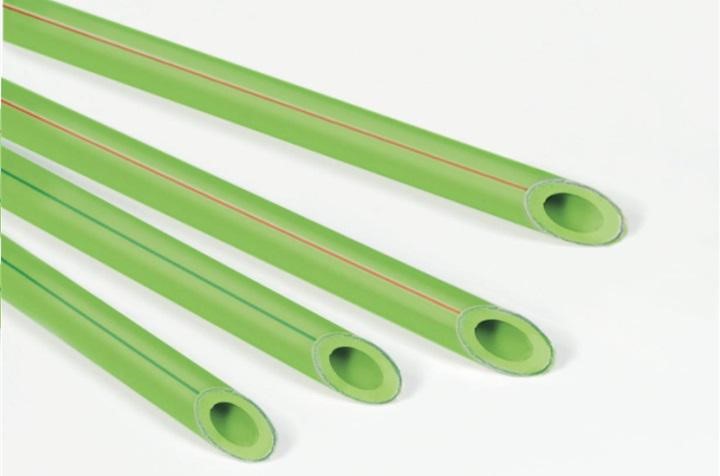

Since you will be dealing with scorching temperatures, it is best to start by protecting your skin.
If you use a table-mounted fusion tool, hold the fitting with one hand and the fusion using the other hand and insert both parts simultaneously. Insert one piece of the pipe then the other part quickly if you are using a butt fusion tool.
Remember to start the timer if your fusion tool has one.
Pull both pieces straight out of the sockets and fuse the fitting and pipe into one piece. Remember to hold the pieces for about 30 seconds. Let it cool before you start using it.
China Lesso: The Leading PPR Pipe Manufacturer
Here at China LESSO, we are focused on creating a relaxing life. We offer a comprehensive range of products for domestic home building materials with more than 10,000 specifications. Stop by China Lesso today for all your pipe fitting needs.
Recommend Reading
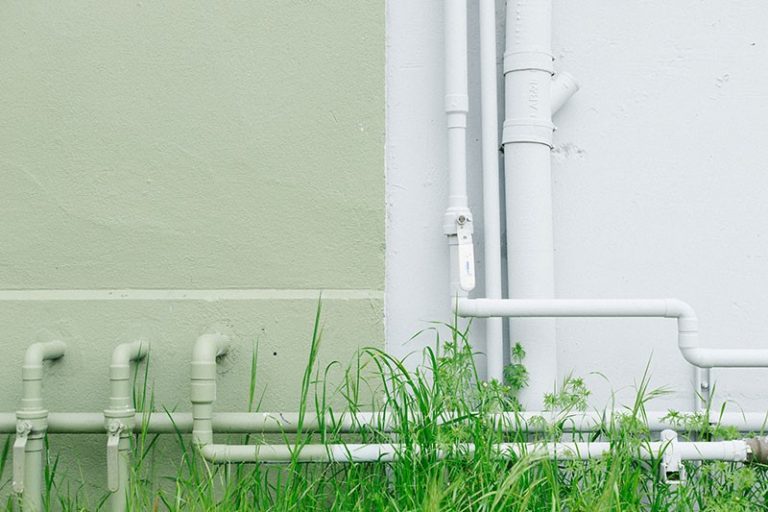

Pipe Guide for Home Plumbing
There are five major home plumbing pipe types which are typically found in residences of any size. These help you to enjoy both hot and
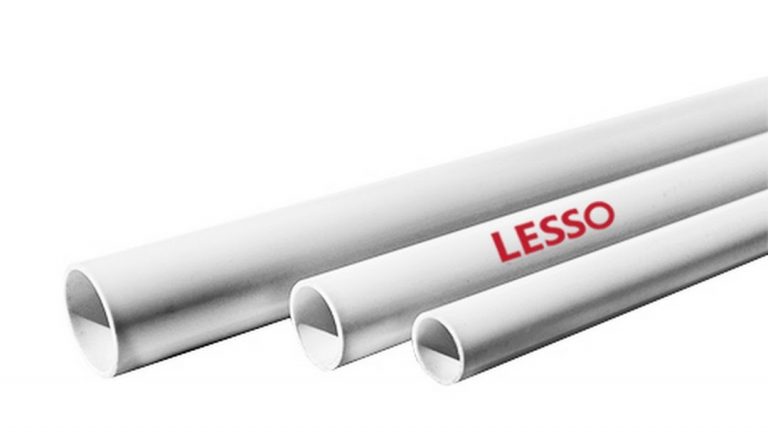

Ultimate Guide to PVC Pipe
Although working with plastic pipes is easy, you still need plastic pipe guides to get the best results. As PVC has replaced most alternatives that


